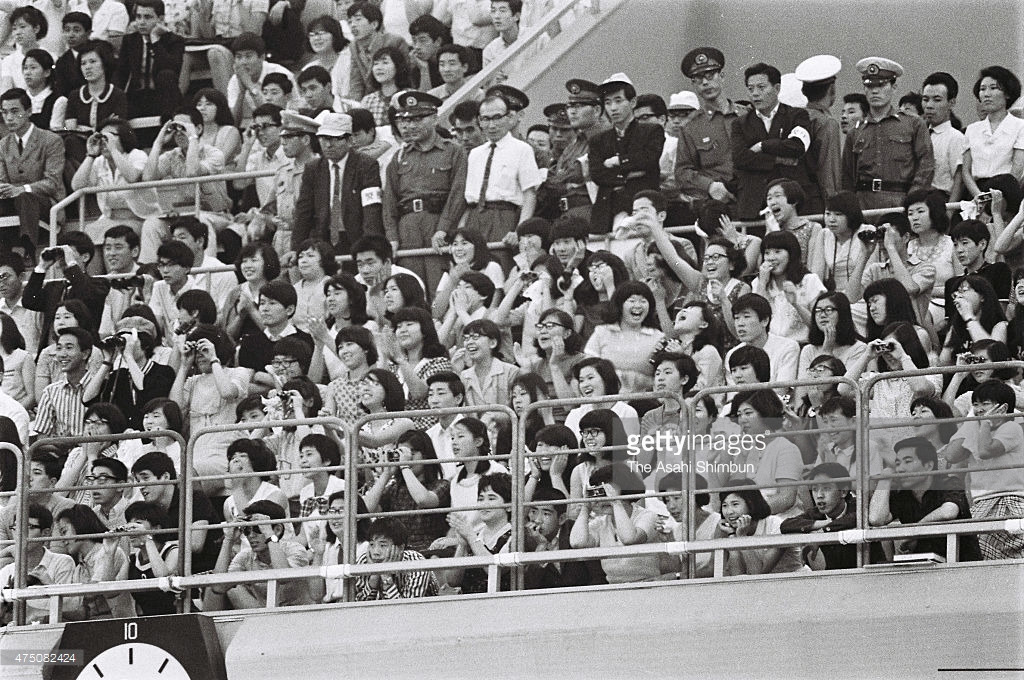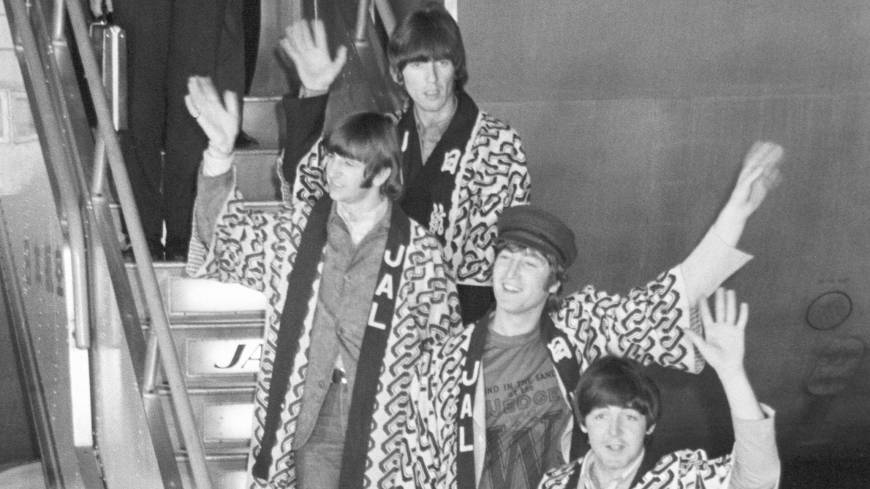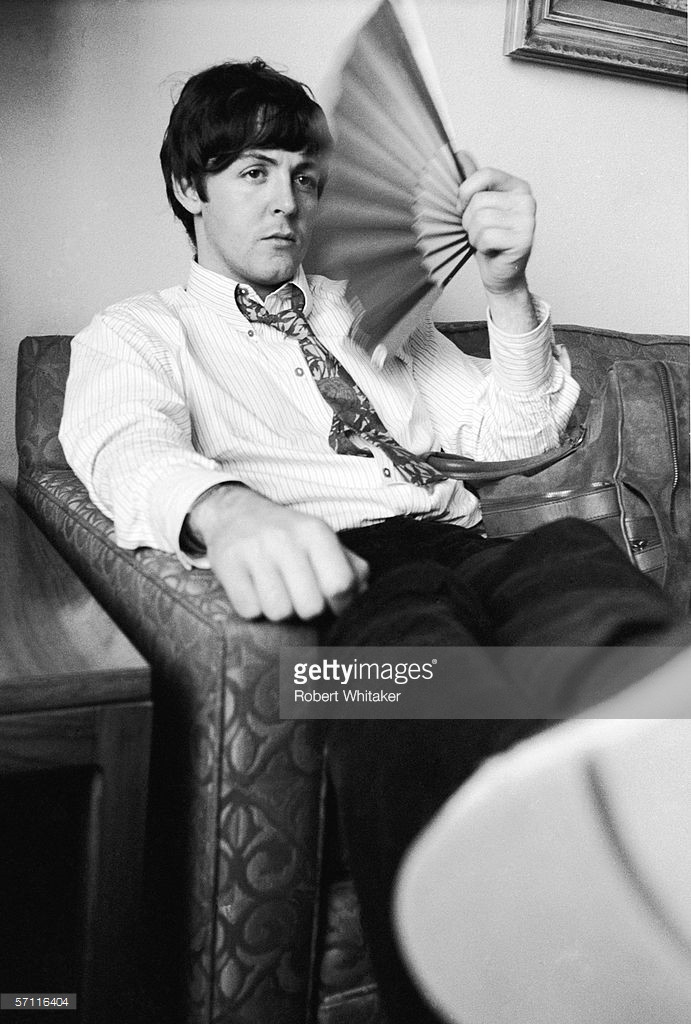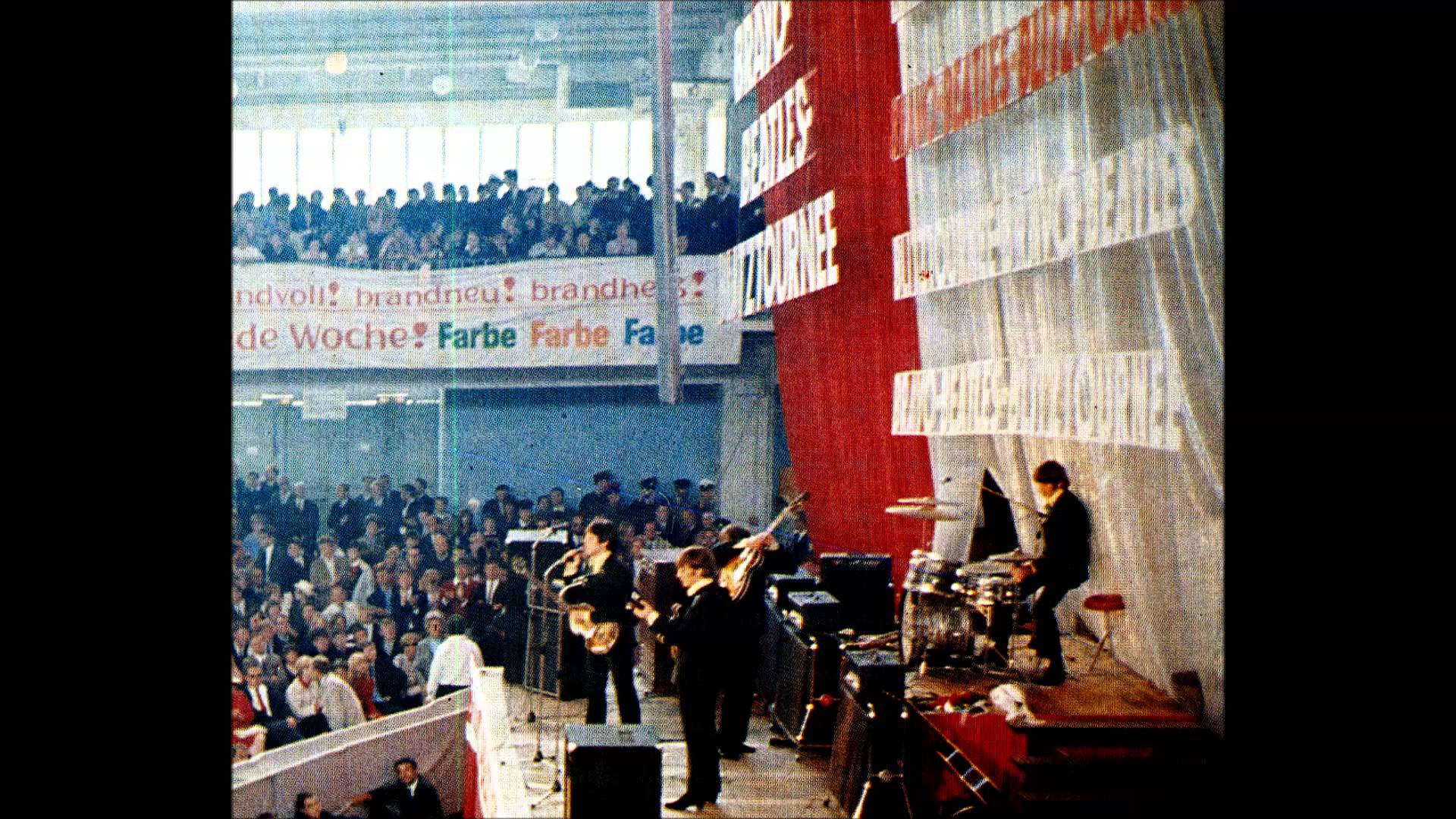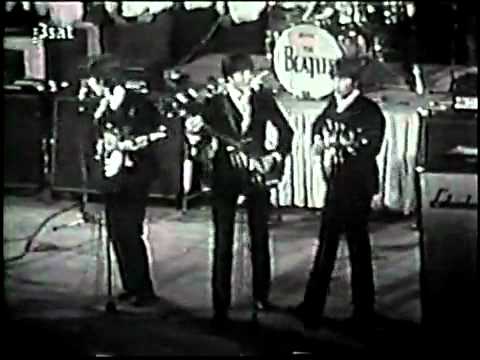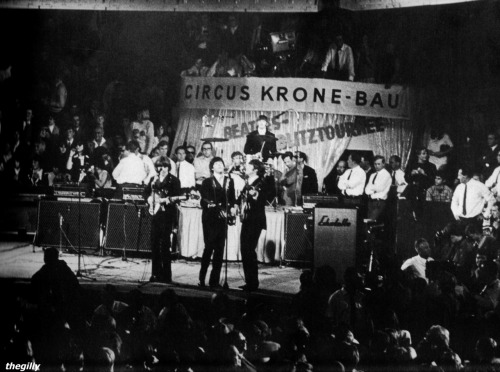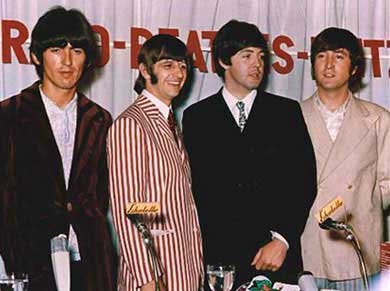Live: Nippon Budokan Hall, Tokyo
Five shows in the Nippon Budokan Hall, one on June 30, 1966 and two each on July 1st and 2nd - before 10,000 fans on each occasion.
The group and their entourage stayed at the Tokyo Hilton, where they occupied the Presidential Suite. Security at the hotel was so tight that they were unable to make unscheduled excursions around the city. They did, however, give a press conference from the hotel.
The evening's concert had support from Yuya Uchida and Isao Bitoh. The Beatles performed a set containing 11 songs: Rock And Roll Music, She's A Woman, If I Needed Someone, Day Tripper, Baby's In Black, I Feel Fine, Yesterday, I Wanna Be Your Man, Nowhere Man, Paperback Writer and I'm Down.
